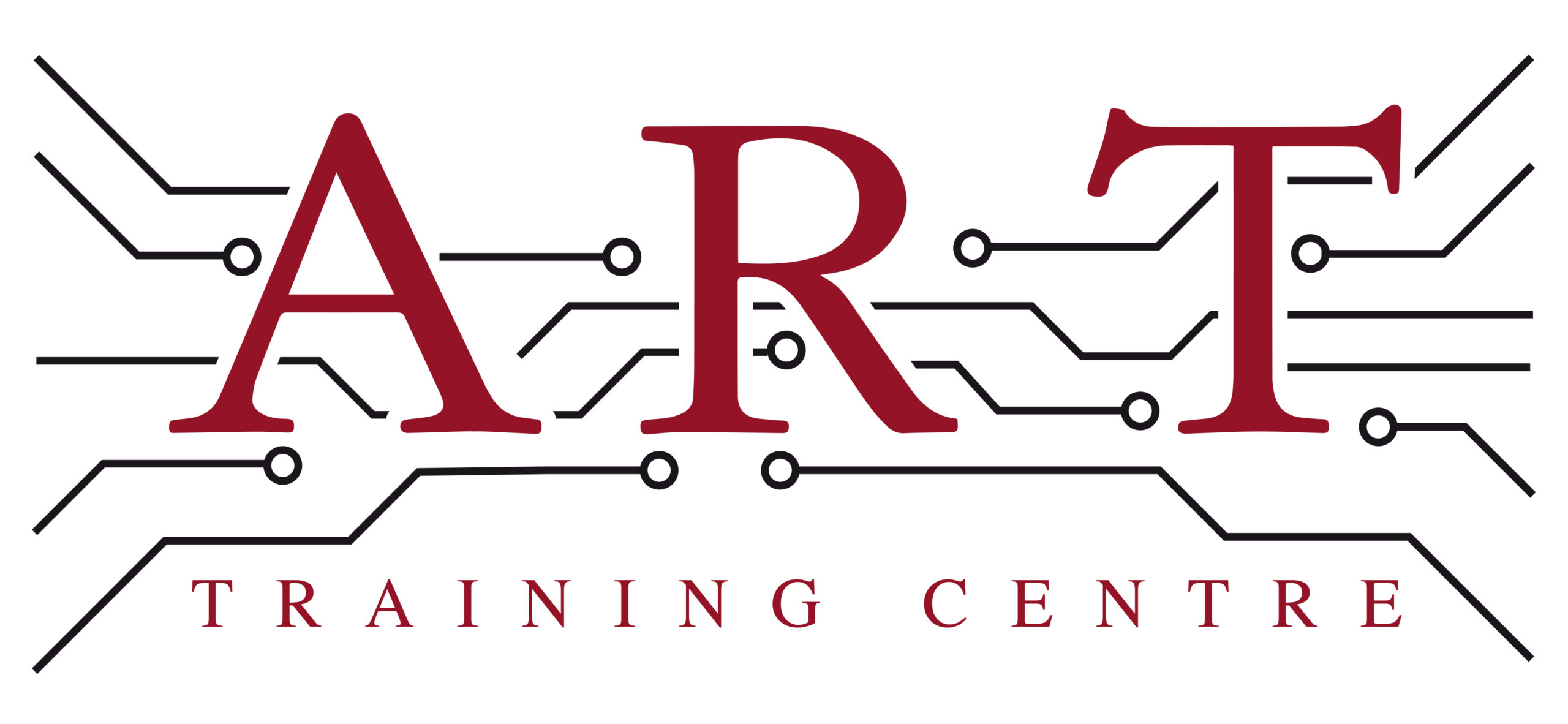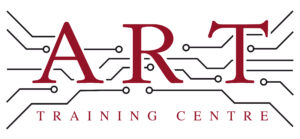Definition
IPC-7711/7721 is a set of standards developed by the IPC (Institute for Printed Circuits) that provides guidelines for the rework, modification, and repair of electronic assemblies. It encompasses processes and techniques used to ensure that printed circuit boards (PCBs) can be effectively repaired or modified while maintaining quality and reliability. This standard is essential for technicians in electronics manufacturing and rework, ensuring consistent practices across the industry.
How It’s Used in the Industry
IPC-7711/7721 is applied in electronics assembly primarily for the rework and repair of PCBs. The process begins with identifying defective components or solder joints. Technicians refer to IPC-7711/7721 to determine the appropriate methods for removing and replacing components, including the use of specific soldering techniques and tools. This standard also guides the inspection of repaired boards to ensure they meet quality criteria. By following these guidelines, both trainees and experienced professionals can achieve high standards in rework, ensuring that repaired assemblies function reliably and efficiently.
History & Origins
IPC-7711/7721 became common in electronics manufacturing in the late 20th century as the demand for reliable electronic devices grew. The IPC developed these standards to address the need for consistent rework and repair processes in the industry. As technology advanced, the complexity of electronic assemblies increased, making it vital to establish clear guidelines for maintaining quality. The early adoption of these standards helped standardise practices across the industry, leading to improved reliability and performance of electronic products.
Variations
IPC-7711/7721 includes various methodologies for different types of rework and repair, such as through-hole and surface mount technology (SMT). It differs from other standards by focusing specifically on rework processes rather than general manufacturing practices. Additionally, IPC-7711 addresses both minor repairs and more complex modifications, providing a comprehensive approach. This distinction is crucial for technicians, as it allows for tailored solutions depending on the specific repair needs of an electronic assembly.
Modern Applications
Today, IPC-7711/7721 is integral to electronics production and repair, particularly in environments dealing with both surface mount and through-hole components. It is essential for ensuring that repairs are performed to high standards, which is critical for the reliability of modern electronic devices. The standard is also widely used in professional training programs, helping technicians understand best practices in assembly and rework. Compliance with IPC-7711/7721 is vital for maintaining quality assurance in the industry.
Practical Tips & Training
When working with IPC-7711/7721, it’s crucial to follow safety protocols, such as wearing protective gear and ensuring proper ventilation. Familiarise yourself with inspection techniques, such as visual checks and using magnification tools to assess solder joints. Investing in structured training and certification in IPC standards is highly beneficial, as it enhances both skills and knowledge in electronics rework. This structured approach ensures that technicians can perform repairs confidently and to the required quality standards.


